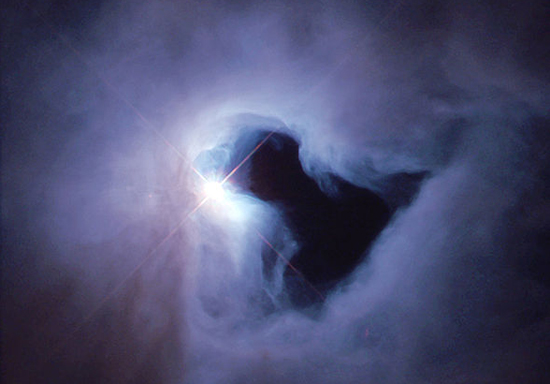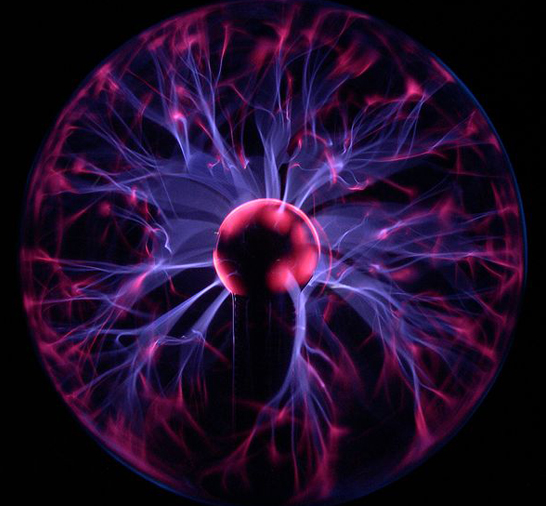The Kingdom of the Dead

In the Viking legends the Kingdom of the Dead, the Underworld, was not described in any detail before it was Christianized by the Icelandic historian and poet Snorri Sturluson (1179–1241). Whether it was across a bridge or in a cave or on a hill or through the air, it wasn't always where you wanted it to be, judging by the difficulty people had in describing it. This makes sense, after all, if you're still alive.
Yet in other ways the Underworld was quite close, a parallel universe hinged with our own, across an invisible line, where völvas could go in a trance. This is common to many cultures around the world and it's another way of saying that our ancestors in the Other World literally share the same space we do.

Do we go into Nothingness when we die? Most after-death experiences sound like descriptions of the birthing process. Instead, perhaps we are all just recycled, like Peer Gynt is, by the Button-Moulder.
Many otherwise intelligent people have been obsessed with seances and getting in touch with the dead, including Mary Todd & Abraham Lincoln, L. Frank Baum and Arthur Conan Doyle, to name a few. No surprise that hypnosis was popular at the same time. These seem no different from what the völvas were doing except they didn't use a crystal ball:

At top is a NASA photo of the NGC 1999 nebula in Orion and what's interesting about it is that the space in the middle really does appear to be completely empty and we don't know why. It's not a Black Hole. The light is coming from an adjacent star.
The lower image shows a plasma lamp.
